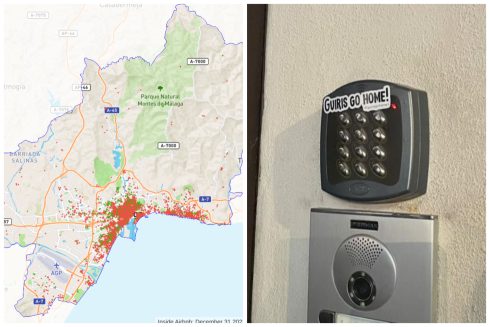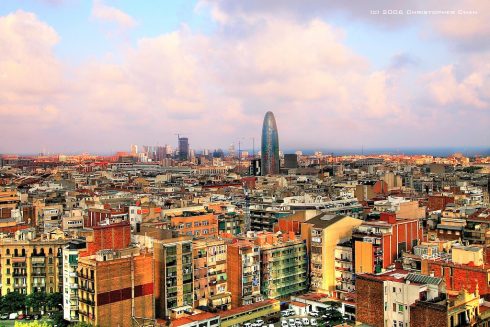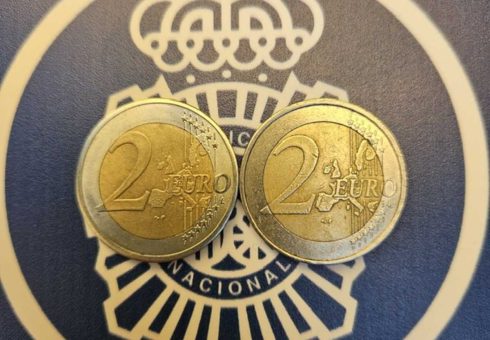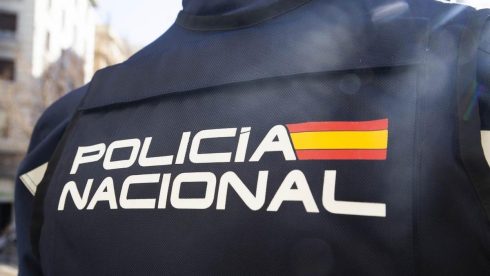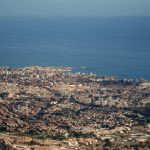THE world and his wife will be on the streets for Semana Santa next week with all the usual processions around the region. But if you want to experience a Semana Santa a little out of the ordinary, try visiting Baena, en route to Cordoba.
True, you have all the typical elements of Semana Santa processions: the pasos, the cofrades with pointed hoods, the troops of Romans in their glittering finery, the scent of incense, candles and the powerful images towering over the sweating faces of the costaleros. But it is the drummers of Baena that really make a difference.
Unlike any other town in Andalucia they make a fabulous racket, bound to leave your ears ringing.
It is all down to the Jews, as it turns out. For the Jews, or Judios, who are the most striking figures during the Semana Santa celebrations, carry drums instead of a candle.
These archetypal figures can be easily identified by their striking uniforms: intricately-embroidered red coats, colourful plumes erupting from a shining helmet, horsehair tresses that hang down to the waist and, above all, the hand-crafted drum.
Baena’s many thousands of Judíos – not real bona fide Jews, of course – are split into two factions: the colinegros and coliblancos.
The names denote the colour of the ‘tails’ that hang down from the back of their helmets. There is a fierce rivalry between these two groups which, in the past, even erupted into physical violence.
These days, there is a more healthy rivalry leading to little more than drumming duels erupting in the streets.
Nobody really knows the origin of the drumming tradition, some people say it dates from the military campaigns of the Peninsular War, and the ‘uniform’ of the Judíos certainly has a military air.
Some people say that the uniform derives from the local security forces that patrolled the area from the early 19th Century.
Whatever its origins, as far as Baena residents are concerned, you are either born a colinegro or a coliblanco and this is a source of great pride. So important is the figure of the Judío in this town that there is a statue of him in the Plaza de la Constitución.
But during Semana Santa you can encounter Judíos in any part of the town throughout the week.
To an outsider, or anyone growing up in a non-Catholic society, the traditions and language surrounding Semana Santa can be rather mystifying and the organisation of the Judíos has its own specific terminology.
The two groups of Judíos (black or white) are called turbas. Each turba is divided into eight cuadrillas and at the front of each cuadrilla is their leader, called a cuadrillero.
According to the Association of Cofradías in Baena, “the turba of Judíos represents the Jewish people in the time of Christ”. Personally, I find this rather hard to see.
But what is most impressive about the Judíos is their drumming. There are three different ‘toques’ or beats of the drum: the ‘one of the street’ is used when out and about, the second is the main beat of the procession and the final one is used when accompanying the images and is the most difficult toque. This is the toque also used as an exhibition to demonstrate the drummer’s skill and is also used when two drummers are duelling.
In a workshop on the old road to Cordoba, you can find Baena Sonido, the birthplace of many of the drums played during Semana Santa.
In the run up to Semana Santa, it is a hive of activity, but the owner and founder, Antonio Piernagorda Pérez, takes a little time off to explain the drum-making process and show some examples of his fine handiwork.
Antonio has been making drums for over 30 years. “In recent years, our business has been gradually increasing. However, the last couple of years have been a bit tougher due to the economic crisis,” he says.
It is not surprising; a finished drum of the highest quality costs 300 euros and a child’s one starts at 150 euros. “They are not cheap, but these are works of art, highly crafted and take about twenty hours to make from start to finish,” he says.
Baena Sonido employs three people who work all year round, although the run up to Semana Santa is clearly their busiest time of year. “We make around 300 of this type of drum a year and sell them throughout Spain, although our biggest market is here in Baena and there will be between 6000 and 8000 drums on the streets this Easter.
“I feel a great sense of achievement when I see the processions and think that I have made these wonderful drums” says Antonio.
Stepping delicately around various drum parts piled high across the workshop, Antonio explains how the drum is made.
The main body of the drum is a brass ring, which is bordered, at the top and bottom, with wooden hoops made out of beech or hack-berry.
The skin is made from goat skin and the snare underneath is plastic, although years ago it was made of kid skin. This is all held together with hemp rope and leather rings that adjust the tension. Underneath, the snare is a band made of gut that gives the drum its military sound. The drum sticks are made of holm oak and are also handmade in the workshop.
Every aspect of the drum-making takes place at Baena Sonido. As well as making the traditional tambor, they also make the tambores roncos as well as other types of drums played by military and marching bands.
The tambor ronco is made from cow skin and has a lower, duskier sound. Usually, these drums are covered with velvet or cloth to match the vestments of the particular cofradía.
The Judíos traditionally begin their drumming on the Tuesday night (March 30) and don’t stop until Easter Sunday.
This non-stop drumming is called “echar las cajas”, so as well as hearing them play in the processions you can typically see Judíos out and about in the streets of Baena, on their own or in groups.
On the Monday, the drums are packed away and Baena returns to peace and quiet, for another year.
For more information visit www.semanasantabaena.com


